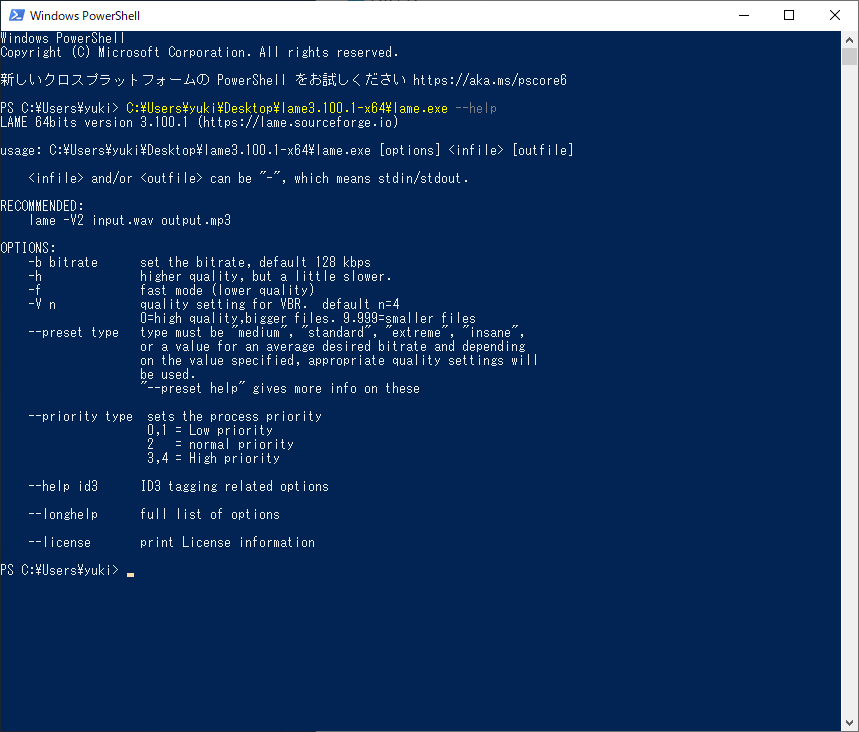

SDH and CC are not defined by a specific type of subtitle, just by their intent. They include extra content such as background noises. SDH and CC are subtitles for the Deaf and Hard of Hearing. Open subtitles are the most common type of subtitles, where the subtitles are part of the video stream and cannot be toggled on or off. Open subtitles (also known as burned-in subtitles) are subtitles that have been permanently placed in the video and cannot be turned off. This can be Forced, SDH, CC or normal subtitles. This is the generic name for subtitles that can be turned on or off. The format (such as SubRIP or VobSUB) does not matter for the type of subtitle. Closed, open, burned-in, forced, SDH, and CC are among the common types of subtitles. EIA-608 are standard CC subtitles with the black bar background, while EIA-708 are typically SDH. Here is a breakdown of common subtitle formats.ĢDVB-SUB (SUB + IDX) is another name for VobSub files.ģEIA-608/708 subtitles are embedded in private channels (channel 21) in a MPEG video codec.

This is due to two transcodings happening at once applying the subtitle layer on top of the video layer. Burning in subtitles is the most intensive method of transcoding. If subtitles need to be transcoded, it will happen one of two ways: they can be converted into another format that is supported, or burned into the video due to the subtitle transcoding not being supported. Containers have a limited number of subtitles that are supported. Subtitles can be a subtle issue for transcoding. Native support for AC3 & E-AC3 on Roku TVs & Ultra.ĪTSC Standard for AC-3 and EAC-3. This is not nearly as intensive as video transcoding.ġMP3 Mono is incorrectly reported as unsupported and will transcode to AAC.ģOGG containers are not supported and will cause VORBIS to convert.ĦSupported via passthrough on all devices. If the audio codec is unsupported or incompatible (such as playing a 5.1 channel stream on a stereo device), the audio codec must be transcoded.

For more informations please look at enable-chromium-hevc-hardware-decoding.Ģ MPEG-4 Part 17: MP4TT Subtitles Audio Compatibility
5.1 MP3 ENCODER WINDOWS 10
Before Client 0.12, HEVC support was enabled on specific devices.ĦHEVC decoding is supported on Apple devices with the A8X chip or newer and at least iOS 14ħHEVC decoding is only supported on Windows 10 with the HEVC Video Extension from the Microsoft store.Ĩ Chromium 104 does support HEVC decoding when launched with -enable-features=PlatformHEVCDecoderSupport argument. 10Bit may be supported depending on your device.
5.1 MP3 ENCODER ANDROID
Refer to you manufacturer for supported codecs.ĥAs of version 0.12, HEVC is enabled on all devices running Android 5.0+, but early generations of the Amazon Fire may not work yet.
5.1 MP3 ENCODER TV
Most new Android phones in the higher price range and many "4K" Android TV devices have VP9 hardware decoding support. Client reports that HEVC is supported and attempts to Direct Stream.ģMay be (partially) dependent on Hardware support (can be compensated with CPU decoding on Android). Sorted by efficency (excluding bit depth)ġHEVC is only supported in MP4, M4V, and MOV containers.ĢAndroid playback is currently broken. Test your browser's compatibility for any codec profile. Decoding is less intensive than encoding. This is the most intensive CPU component of transcoding. Subtitles can be tricky because they can cause Direct Stream (subtitles are remuxed) or video transcoding (burning in subtitles) to occur. If the video codec is unsupported, this will result in video transcoding. Direct Stream will occur if the audio, container or subtitles happen to not be supported. If the media is incompatible for any reason, Jellyfin will use FFmpeg to convert the media to a format that the client can process. This means the container, video, audio and subtitles are all compatible with the client.


 0 kommentar(er)
0 kommentar(er)
